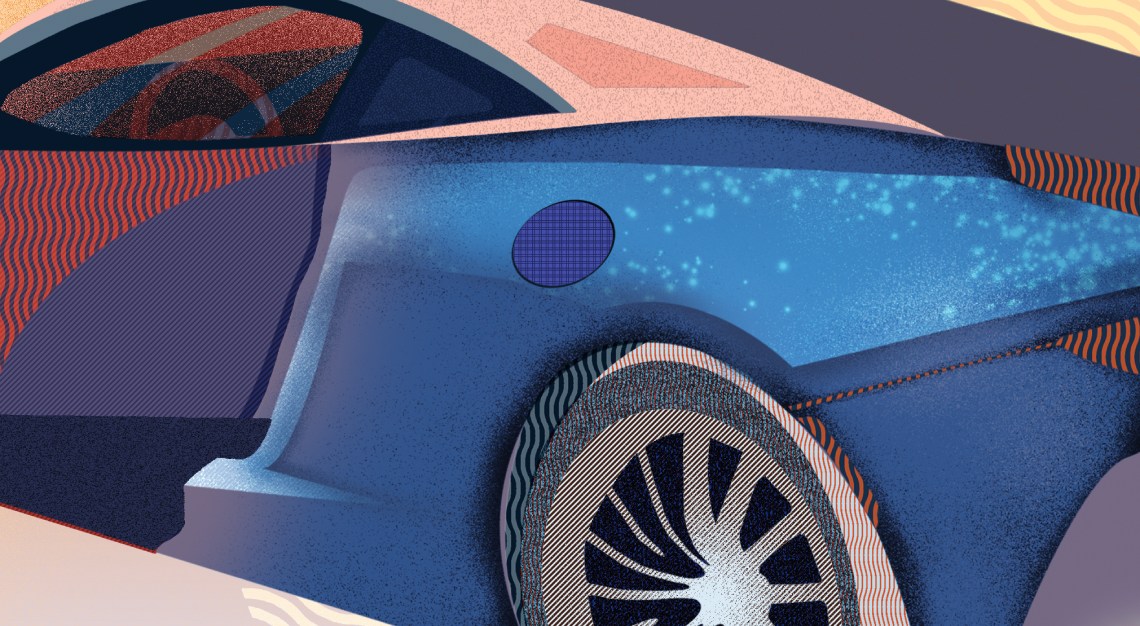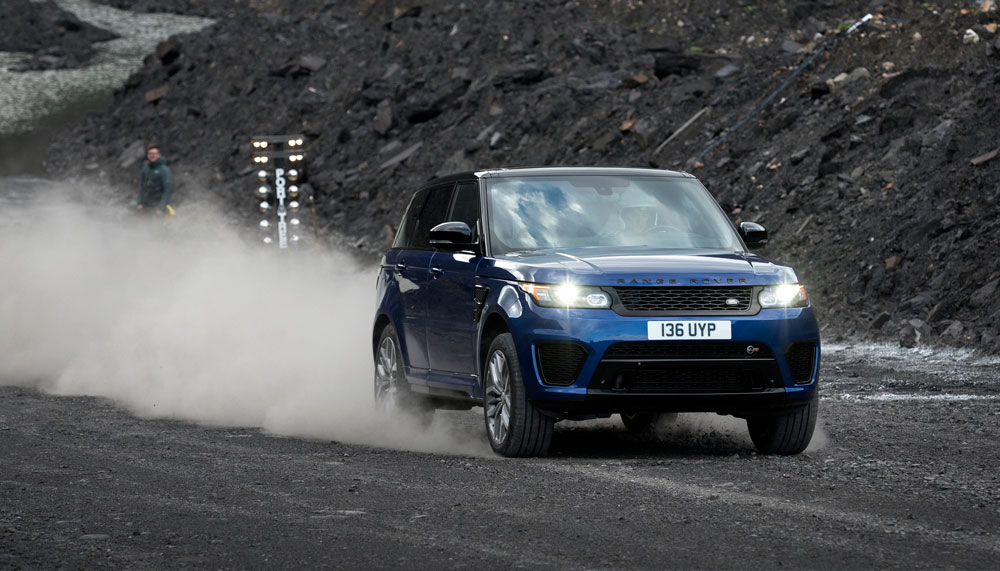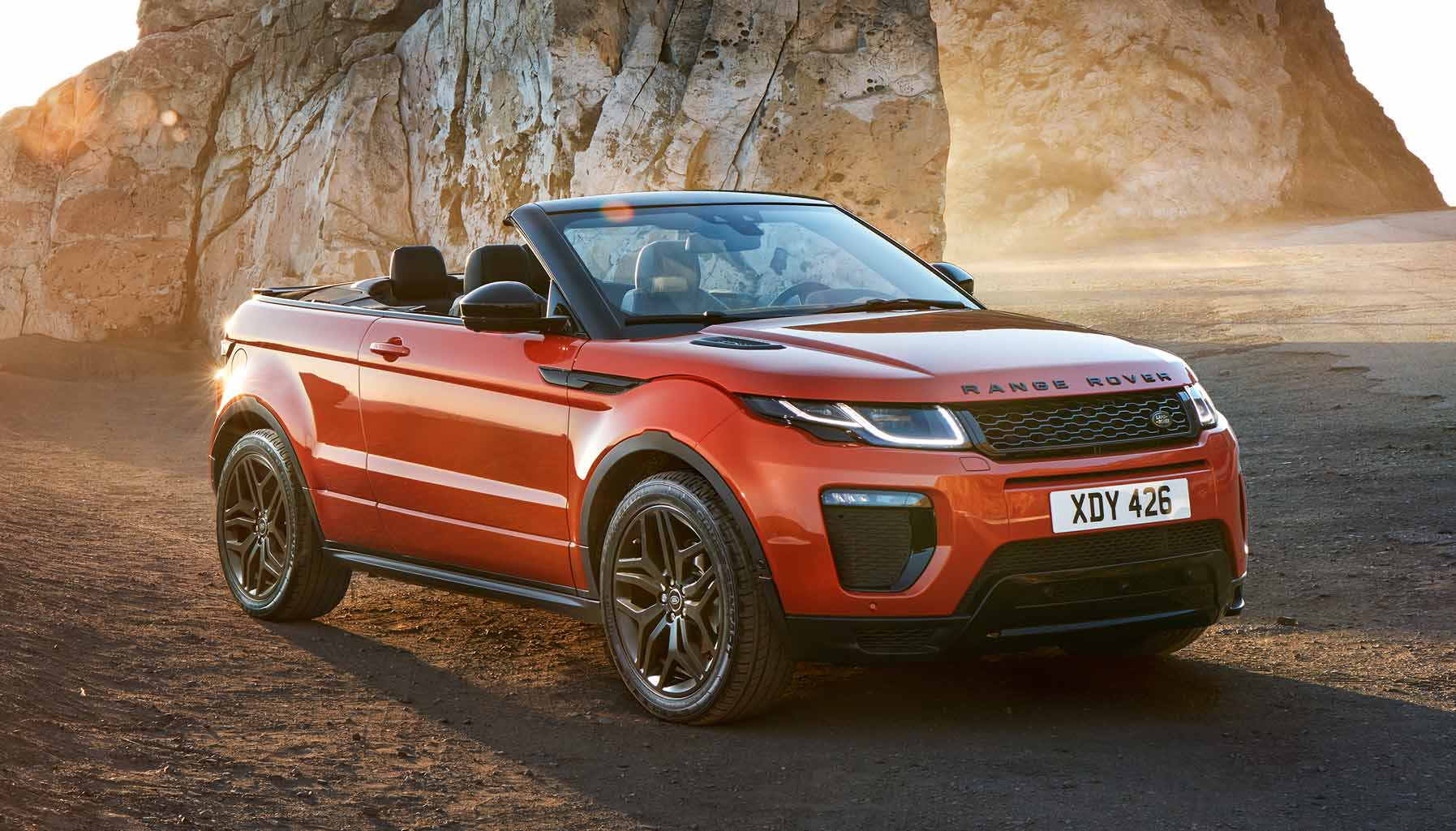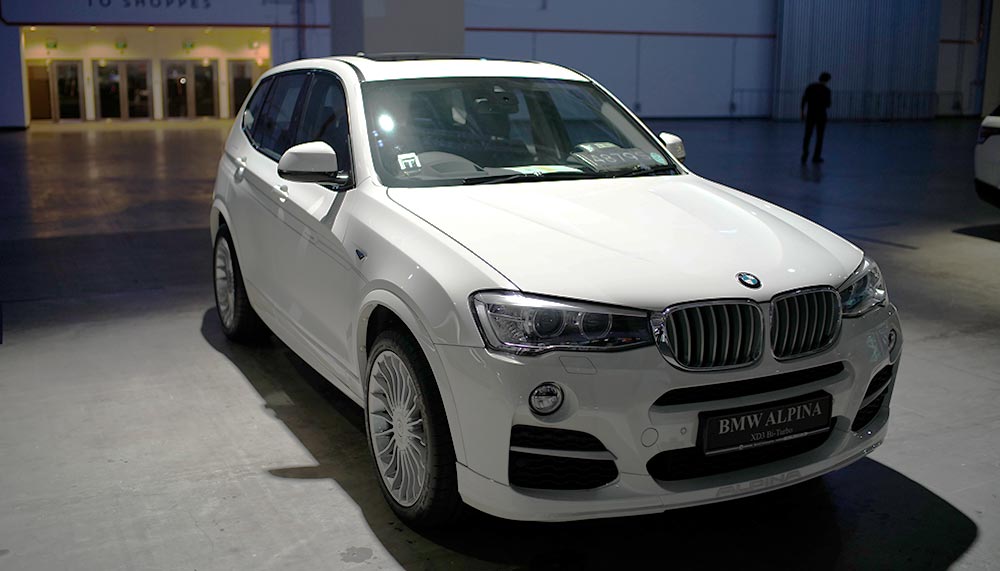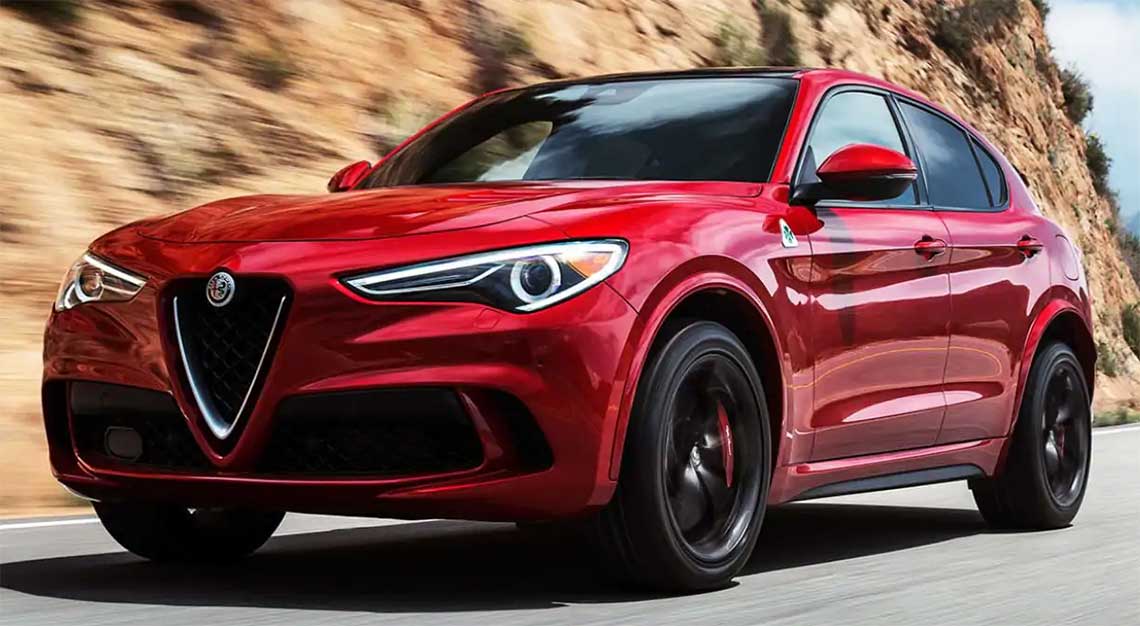The British brand began by building utility vehicles for farmers and country landowners, but has since evolved into a world-renowned maker of high-end luxury SUVs
What the Jeep brand is to America, Land Rover is to much of the world: A nameplate associated with indomitable off-road vehicles. From humble, utilitarian beginnings, Land Rover has become a high-end luxury status symbol, but the company’s products still strive to offer the all-terrain capability and utility that set Land Rover apart from the beginning. Here’s everything you need to know about the past, present, and future of this iconic British brand.

Rover’s off-road experiment
When World War II ended, the British government sought to rebuild its economy through international trade. Industrial raw materials were in short supply, and the government prioritised businesses that showed promise in the export market. Rover, a well-regarded British automaker specialising in luxury sedans, quickly designed a four-wheel drive truck that could handle the rough terrain of far-flung British territories. Rover first envisioned this experimental off-roader, dubbed Land Rover, as a stopgap, keeping the company afloat until luxury-car production got back up to speed—but almost from the beginning, the Land Rover was a runaway success.
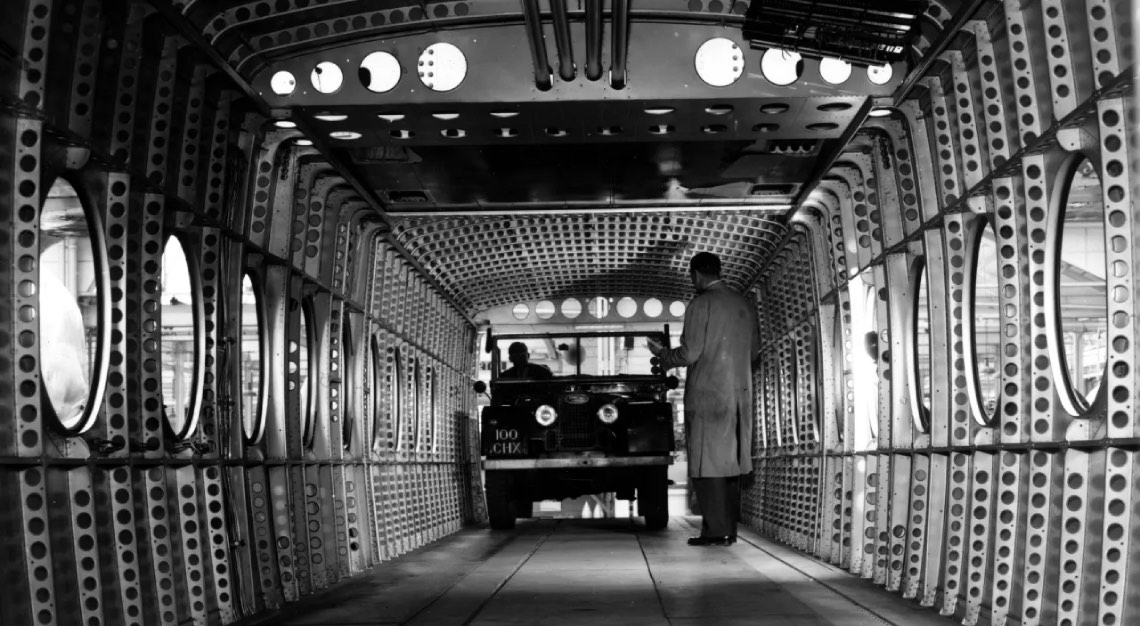
The Centre Steer
The very first Land Rover prototype, built in 1947, had a highly unusual layout, with the driver’s seat in the middle and passenger seats on either side. This development vehicle, later nicknamed Centre Steer, was partly built using components from a US military Jeep. Rover engineer Maurice Wilks first envisioned this off-road Rover as an alternative to the conventional farm tractor, and the central driving position would eliminate the need to build right- and left-hand-drive variants for export. Soon, though, Rover designers settled on a more conventional seating layout. The company lost track of the Center Steer prototype, but some Land Rover fans believe it still exists.
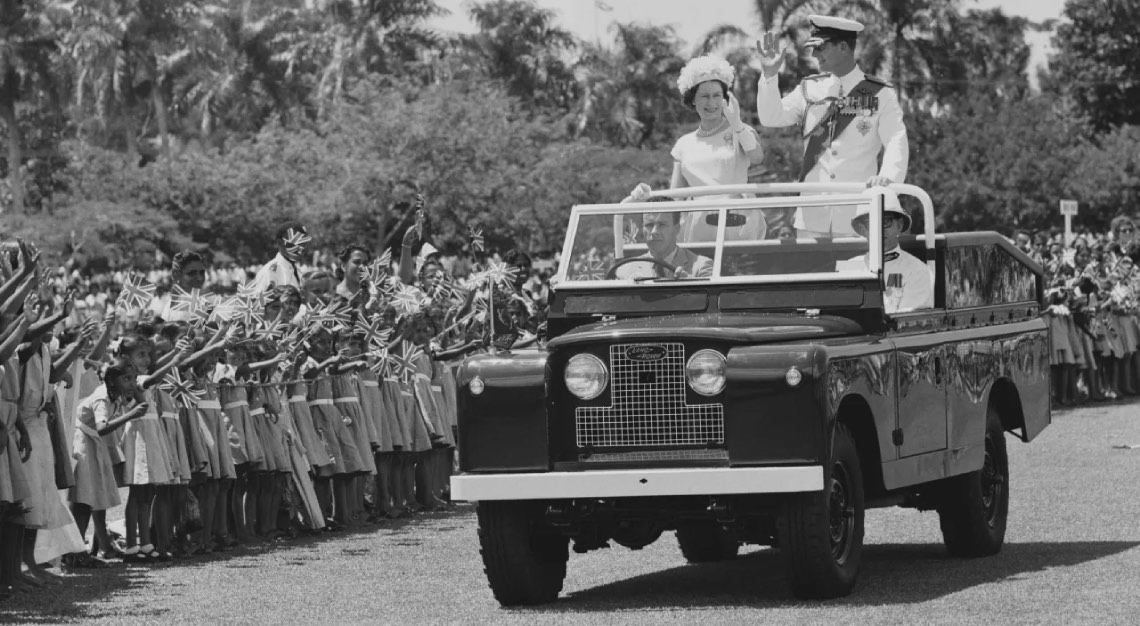
The first Land Rover
The production Land Rover was first shown to the public at the Amsterdam Motor Show in 1948. The simple bodywork was made from flat panels of aluminum, because steel was still being rationed, and the very first models off the production line all wore army-surplus light green paint meant for military airplane cockpits. Now known as the Series I, the earliest version of the Land Rover became a runaway market success, outselling Rover’s luxury cars throughout the 1950s and 1960s.
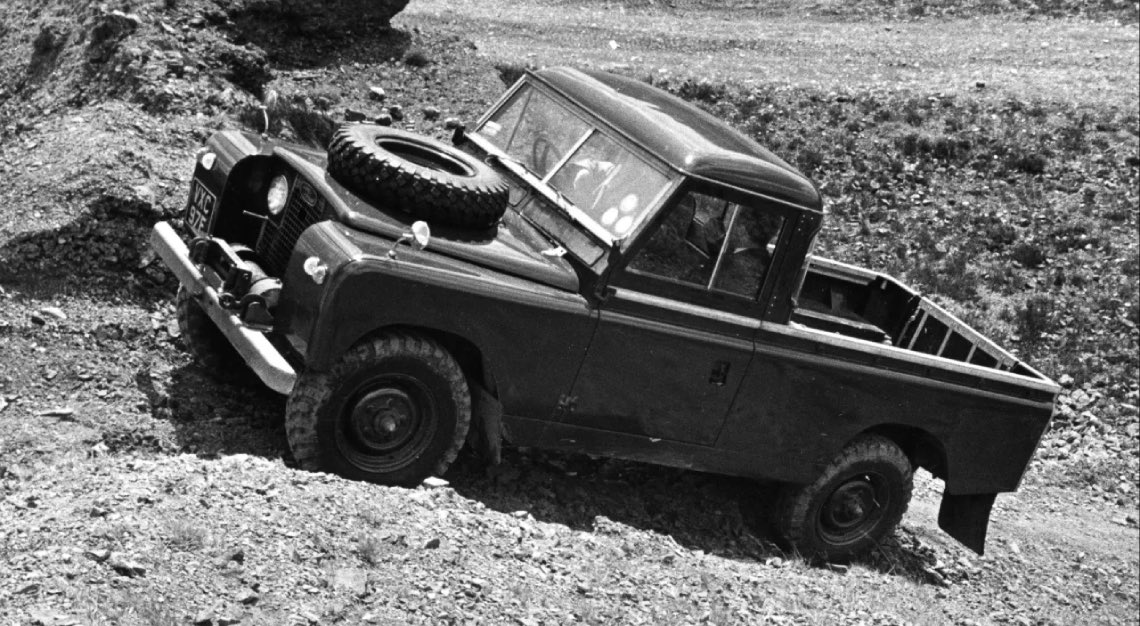
Land Rover Series II and III
Rover engineers continually updated and improved the Land Rover, and in 1958, the first major redesign took place. The Land Rover Series II was widened for more interior space and sure-footed traction over rough terrain, and a variety of body styles were introduced, including short-wheelbase, long-wheelbase, pickup truck, and forward-control versions. The Series II was produced from 1958 to 1971, and fans further subdivide later iterations into Series IIA and Series IIB. The Series III, built from 1971 to 1985, was a major sales success, with more than 400,000 examples built—though cosmetic changes were insignificant.
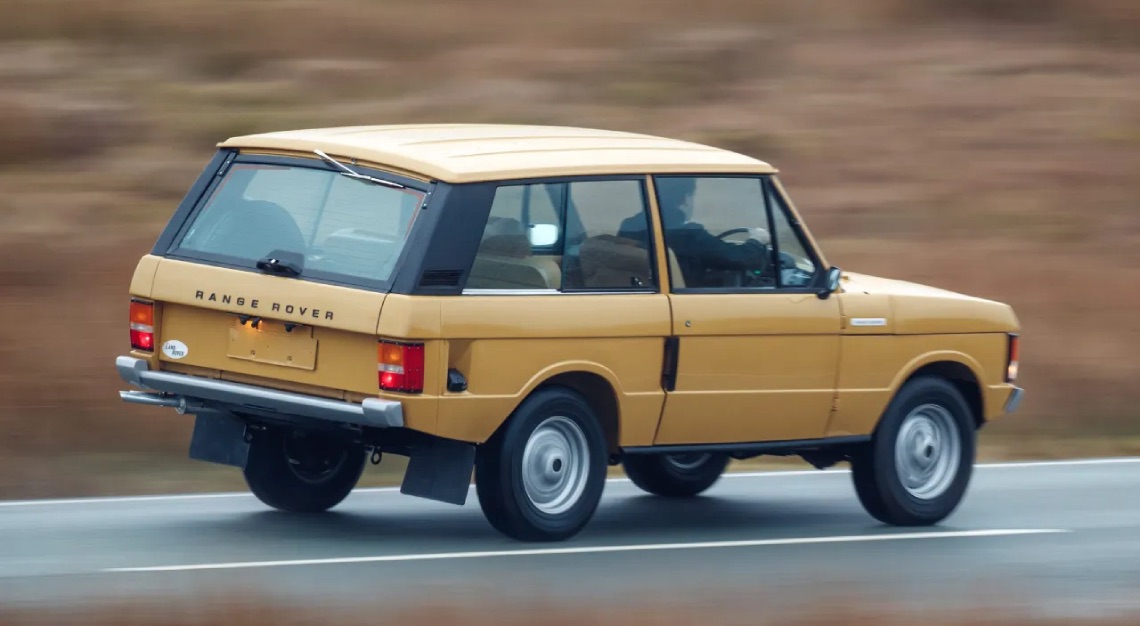
The first Range Rover
In 1970, Land Rover introduced the vehicle that would define its modern image: The Range Rover. Bigger, roomier, and blessed with a coil-spring suspension, the Land Rover Range Rover was a more comfortable and capable vehicle than the Series III, while still offering all-terrain capability and full-time four-wheel drive. Surprisingly, early Range Rovers were only available in a two-door body style, with a manual transmission and a basic interior. Beginning in 1981, Land Rover offered a four-door version, and continual luxury upgrades gradually converted the utilitarian machine into the high-end status symbol we know it as today.
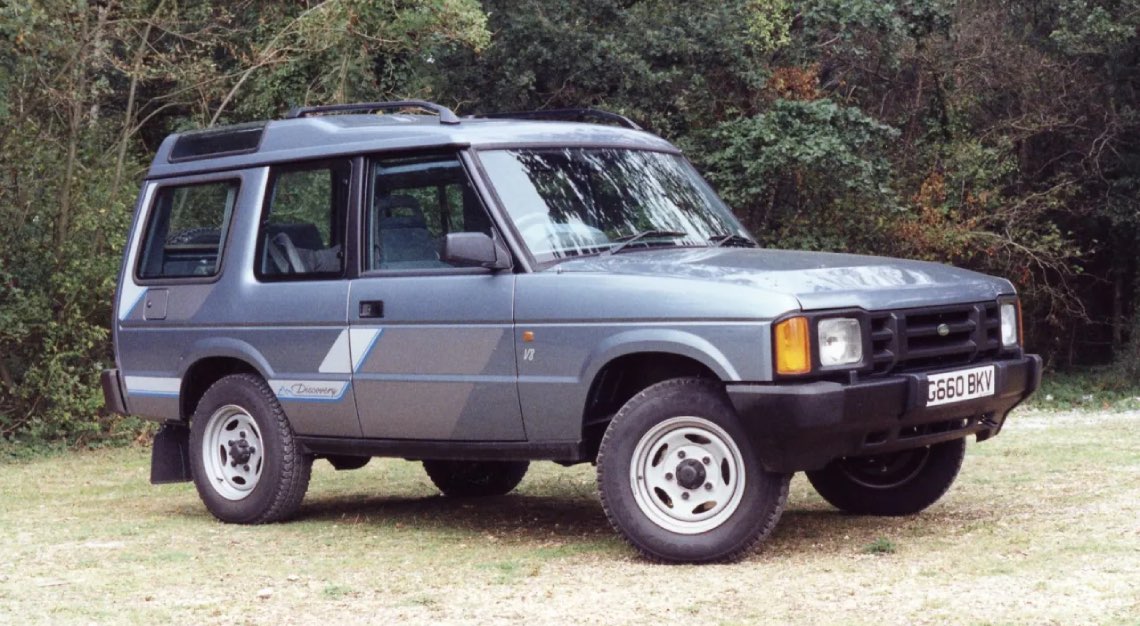
Defender and Discovery
Formerly a subset of products built by Rover, in 1978 Land Rover was spun off into its own company. In 1983, the Series III underwent another redesign, including significant improvements like a switch from leaf-spring to coil-spring suspension. The model also got its own distinct name, Defender, to minimise confusion between Land Rover and Range Rover models. In 1989, Land Rover introduced its third model, the Discovery, built on underpinnings shared with the Range Rover but designed to be a more daily-driver-oriented, family-friendly SUV.

Entering the US market
Despite being introduced in 1970, the Range Rover was not officially imported to the United States until 1987—though grey-market importers helped to stoke and satisfy demand for Range Rovers from US customers. The Series III had been withdrawn from the US market after 1974; from 1993 to 1997, Land Rover sold a small number of Defenders, modified to meet US vehicle regulations, on our shores, but the vehicle’s high price and rarity made it a difficult sales proposition. The Discovery was introduced in the US market in 1994; alongside the Range Rover, it forged Land Rover’s image in the US as a maker of high-end status-symbol luxury SUVs.
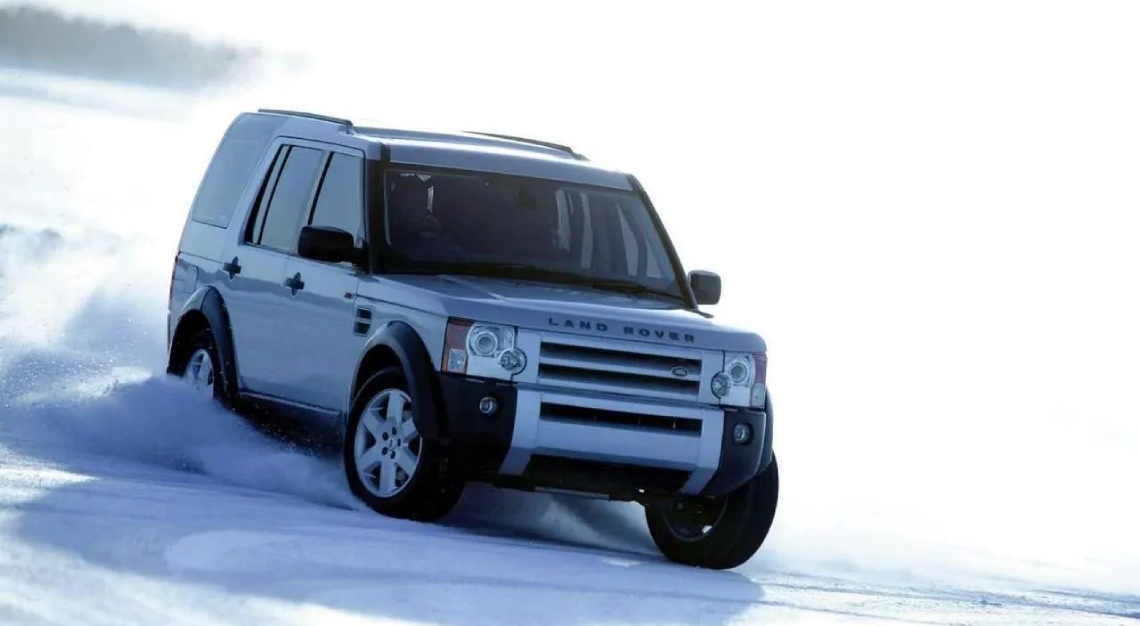
In 2008, Ford sold Land Rover, as well as British sports-car maker Jaguar, to India’s Tata Motors. Photo by Land Rover
Changing ownership
In 1994, BMW acquired the Rover group, including Land Rover. Under BMW ownership, development began on a revolutionary third-generation Range Rover, which would move the brand and model significantly upmarket. But before the new Range Rover could be unveiled, Ford purchased Land Rover from BMW in 2000. When the third-generation Range Rover was introduced in 2001, it featured BMW engines, transmissions, and electronic architecture, but was built under Ford’s watch. The changes didn’t end there: In 2008, Ford sold Land Rover, as well as British sports-car maker Jaguar, to India’s Tata Motors, which merged the two brands into a division called Jaguar-Land Rover.

Today, and tomorrow
Currently, Land Rover sells seven models: Defender, Discovery, Discovery Sport, Range Rover, Range Rover Sport, Range Rover Evoque, and Range Rover Velar. In the near future, it’s rumoured that the company could introduce a smaller Defender Sport, which could possibly be an all-electric model, plus an electric Range Rover.
This story was first published on Robb Report USA

